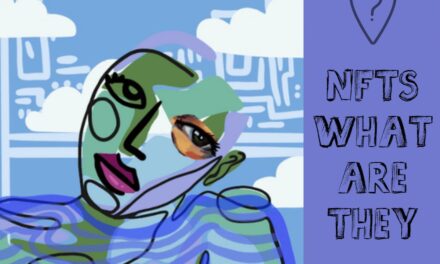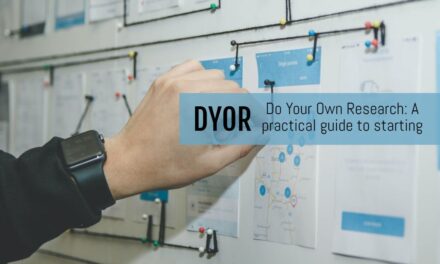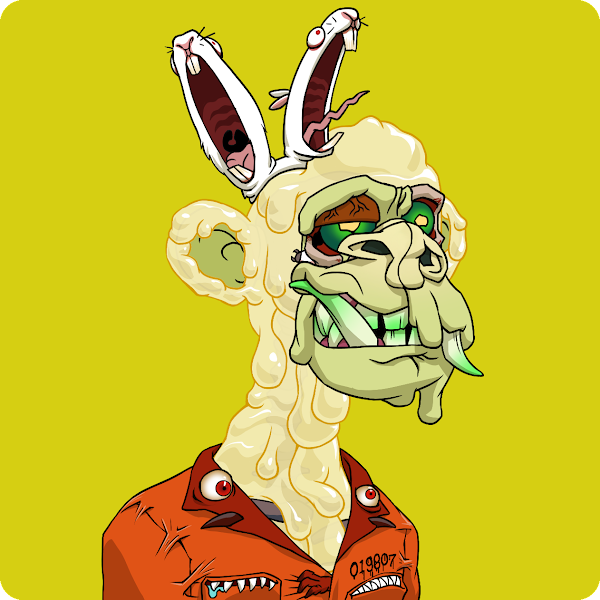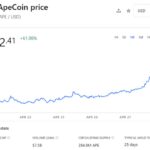The NFT World, What Are They, Do They Matter, Are they Valuable?
By now, most people have heard of NFTs thanks in part to some of the iconic projects like Crypto Punks and Board Apes. Furthermore, corporate America has joined with projects from companies like Adidas, Nike, and others. Even social media influencers, Actors and Actresses, and many others have tapped into the NFT market.
So what is the hype for them, for you, and for the community. In this post, we will go over what they are and try to answer some of the other questions.
What is fungible and non-fungible?

Understanding NFTs is no different than understanding the difference between currency and ART.
In non-digital assets, there is a physical object that represents or holds and agreed amount of value. The most simple example is the dollar bill. Every dollar is equal in value and every person that has one agrees on the value. This allows a dollar to flow from any person to another person in exchange for goods or services.

In some cases the object does not have an agreed upon amount of value and represents a market price (a Tom Brady Football Card). Two Tom Brady cards can have two different values due to type, age, condition, and buyer. Objects that represent demand driven pricing do not flow freely through exchanges and often require a platform (auction or rating service) to help prove value.
If that makes sense, you now know the difference between fungible and non-fungible tokens.
The confusing part about digital media is that you don’t have a physical object that can be held, felt, or seen. Instead, you have lines of code that are stored on the blockchain and represented by jpegs or some other digital object. Just like in the physical world, that data represents a fixed value of exchange (i.e. bitcoin) or a demand driven value of exchange (i.e. cryptopunks).
Fungible tokens are simply items that have an agreed unit of value (a currency for example). Non-fungible tokens are simply unique pieces of digital goods that do not have a fixed unit of value and are demand driven.
I will caution that within the digital world, the lines between the two are tested all the time. So while it is not a universal truth, it is still mostly the case and at the very minimum gives you some context.
Why is this important to understand? There is one primary reason, Non-Fungible tokens are only as valuable as the market sees them. If there is no more demand, the value for that non-fungible token/NFT is going to head to zero. This is no different than a piece of Art. Art retains value because of perceived demand and/or scarcity.
What exactly does an NFT represent and why does it have value?
Why would I buy a NFT when I can just right click the image and use it?
An NFT is nothing more than a unique piece of digital code. You may be thinking “so what”. Just like with a physical object, you can have the “original” or buy a poster from ART.COM for $15. What makes the original more valuable is the demand to have that piece and the scarcity of that piece.
NFT’s preserve originality in the digital world
Up to the point of NFTs, there was no way to confirm originality for Digital Art. This meant as an artist, your digital art was a spring board to jobs, a channel into physical Art, or a channel for selling stock art. An artist could never sell a “one of a kind” digital piece of Art.
With NFTs, a digital creator still has all the old methods of selling their work, but they can also now have true limited editions or one of a kind pieces. By assigning originality and scarcity to the digital work, a perceived value is created and a method to assign originals. The value can rise and fall depending on many factors, just like normal art.
Digital Originality

What makes a NFT is the process of minting the work on a non-centralized block chain. A block chain is basically a public record of transaction and ownerships. While the complete process and why it works is a bit complicated, the basic concept is that each original piece is attached to values in the public record. When you buy a piece, the public record updates you as the owner of the attached work and all its properties. In this way, you can always trace the original Digital piece.
Other Things You Can Do With NFT’s
NFTs have also opened the door to a world of different applications. Because they are unique, and they can be transferred, they can come with benefits for holders. For example, Nike could launch a NFT that if you own gives you a 5% discount. Imagine instead of your supermarkets club card, you had a club NFT. That NFT could track rewards depending on the what you buy and how much you spend just like your club card does today.
Here is the difference, lets say you move away and no longer need the club card, that account is dead. With an NFT, you could sell that particular NFT with the attached benefits. If you were a heavy user of the services, that NFT might be loaded with tons of benefits that someone would be willing to pay for.
There are 100’s of applications that can be created which makes the world of NFTs very interesting.
Are NFTs Valuable or a Good Investment?
Well just like any investment there are good projects, bad projects and 100’s in between. No matter what hype there is, you must always ask yourself a few questions.
- Does the project have a purpose?
- Does it have value for the holders?
- Is it real?
- Is it Authentic (i.e. not templated)?
Most projects can generate a lot of buzz and hype initially, but then eventually the die off and disappear. Buying NFT’s requires a lot of research, patience, and a bit of luck. See our post about DYOR if you want to learn a little more about how to begin researching a project.
Wrapping it all UP
NFTs are a blazing a new trail on how we view and use digital assets. NFTs create real value by offering utility or creating scarcity for something in demand in the digital realm. This combination of utility and scarcity has opened the door for creative solutions to complicated problems and has created an explosion of digital art. As with any new game changing technology or service, it does not come without its problems, scams, copy cats, rug-pulls, and lost assets. However, as the market matures solutions to fix these problems will be introduced. Until then, enter cautiously, use common sense, and do lots of research.










